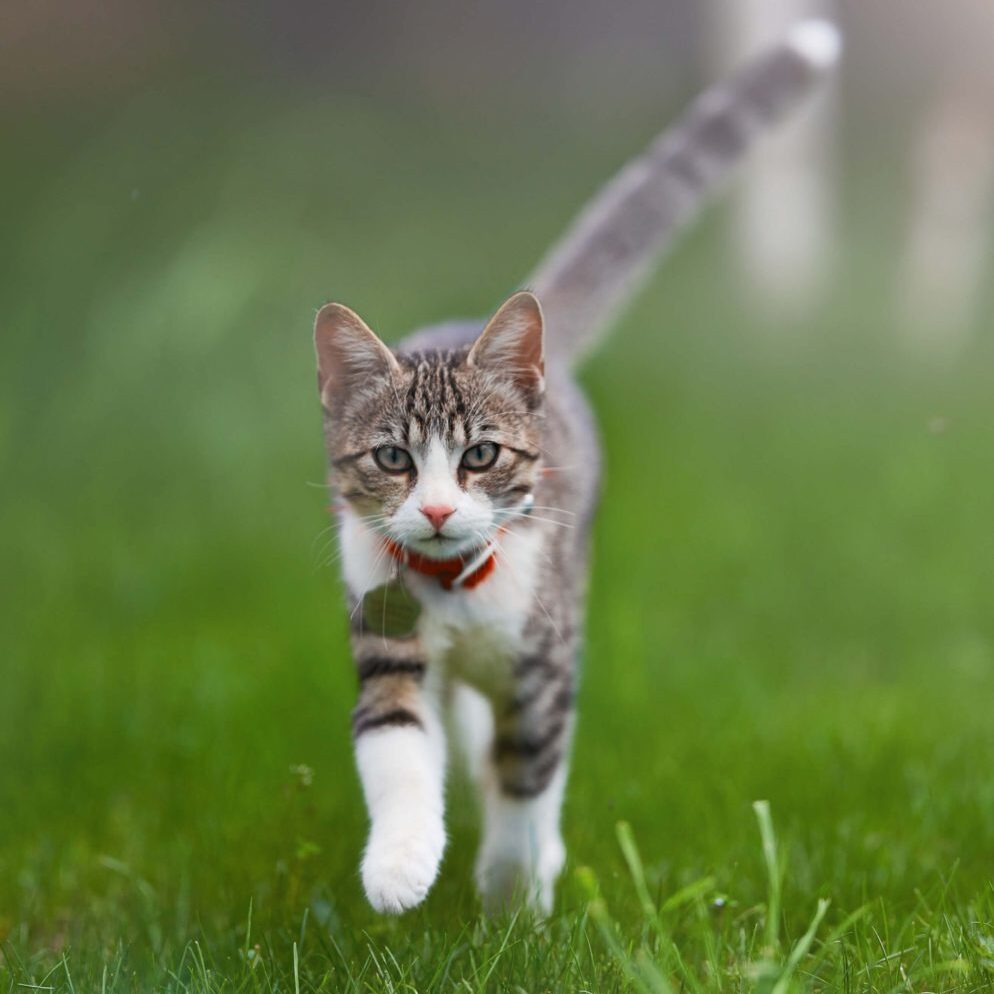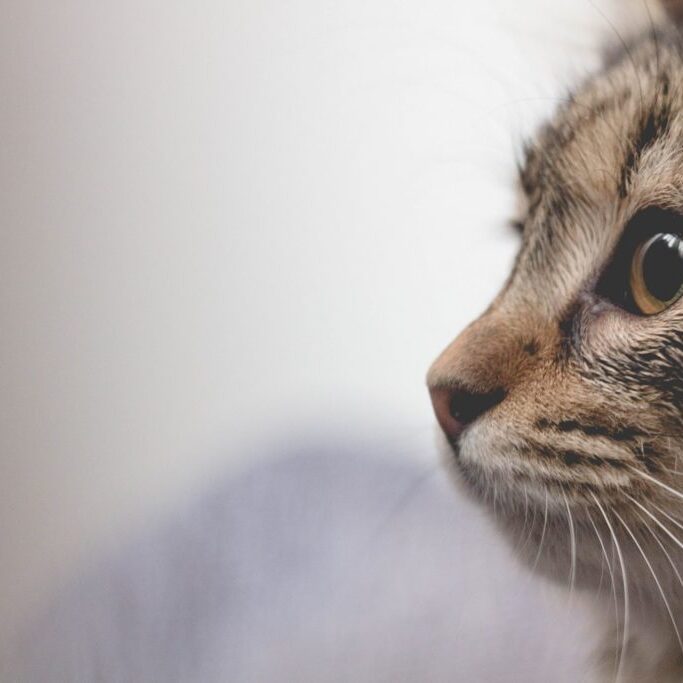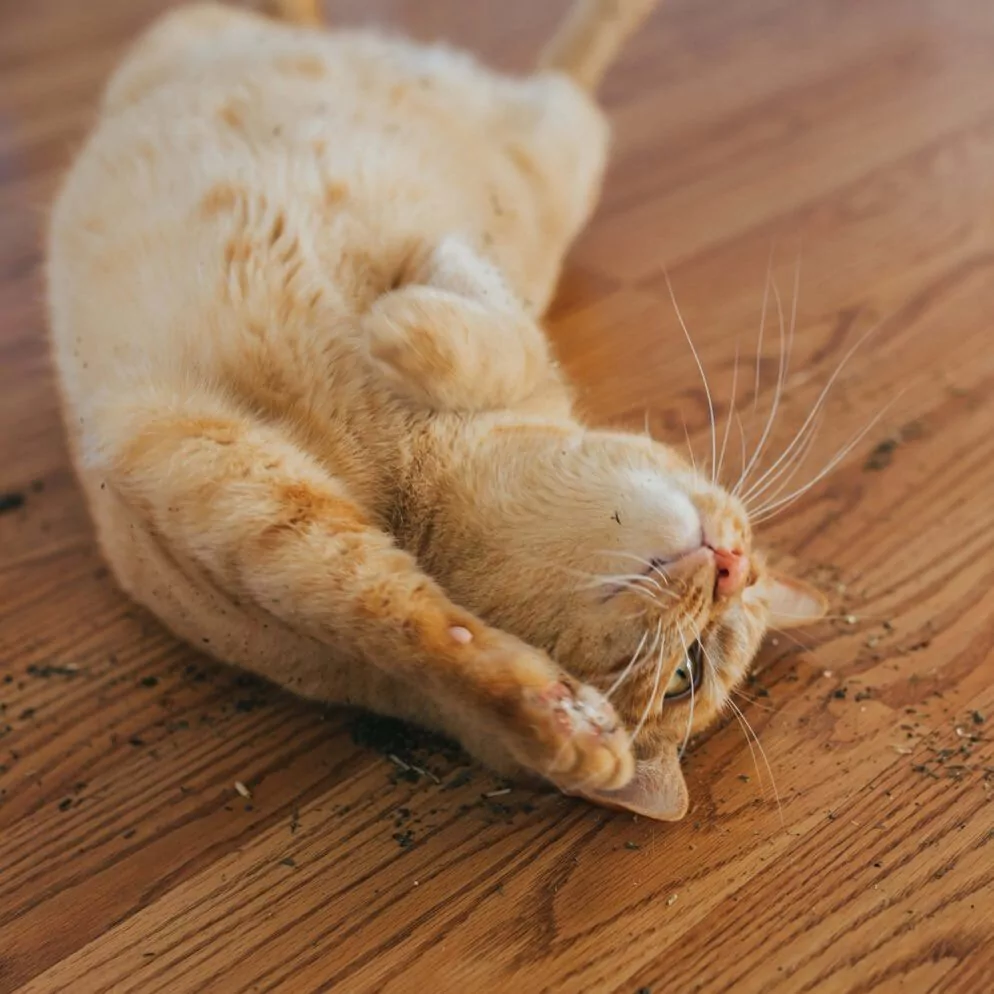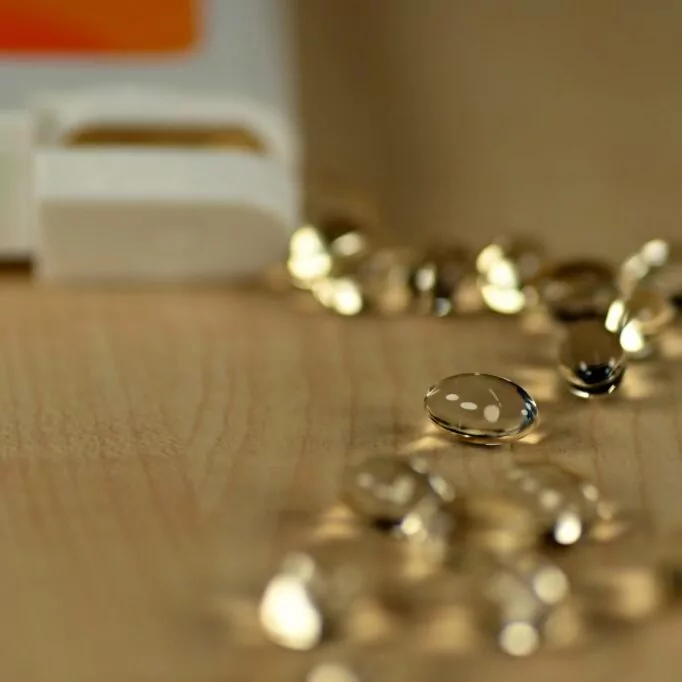Cat Health
Winter Is Coming: How to Care for Community Cats

Life is hard for cats on their own, but winter months are especially harsh on feline denizens of society’s underbelly, whether in cities and towns or sparsely populated areas. They suffer the cold and can experience hypothermia leading to illness and death just like humans.
Community cat caregivers say providing shelter for cats living rough is more important than providing food. Cold, wet weather can have adverse and potentially serious effects on them. If they become wet, they need a shelter where they can dry off to prevent hypothermia or freezing.
Providing shelter and food and overseeing their welfare is a kindness to community cats, as abandoned, unowned and free-roaming cats are called. The following tips will make an enormous difference in their welfare.
How to Provide Shelter
Sara Kent, co-founder of an organization called FIVER Cats, offers excellent advice along with free plans to quickly and easily build housing to protect community cats in inclement weather.
“Our shelter design can comfortably fit two, maybe three, cats, so long as everyone gets along. Usually in a colony they’re used to being near each other, but if there are cats who don’t get along, more than one shelter is likely best.
“Adding insulation is an excellent idea and easy to do. We suggest using two-inch-thick Styrofoam to line the bottom of the shelter or, better still, the entire interior. If cut to fit, it can be put in place without any glue,” she says.
Two-sided tape is a better option if required, as the toxicity and smell of glue can harm or drive cats away.
Using Plastic Totes
Another excellent shelter option suggested by Louise Holton, founder and president of Alley Cat Rescue in Mount Rainier, Maryland, is to use large plastic totes (24” L x 13” W x 15” H). The tote can be lined with Styrofoam, or a Styrofoam cooler can be used. The following instructions are courtesy of Alley Cat Rescue:
1. With the tote sitting on the ground, top up, draw a 6-inch-diameter circle in the center of one (or both) of the short sides of the tote. Cut out the circle to create a door(s).
2. Duct tape the edges of the circle door for reinforcement and to protect the cat from being scratched by any rough edges.
3. Measure Styrofoam pieces so they line the bottom and the walls of the tote. Cut the pieces to size and use the duct tape to secure all pieces of Styrofoam to the inside of the tote. You can also use a Styrofoam cooler that will fit inside of the box/tote. Cut openings in the Styrofoam to match the door(s) in the tote. Replace the tote lid on the tote.
4. Stand them on wooden planks or a wood pallet to keep them off the ground.
What to Use for Bedding
Outdoor shelters for community cats should be filled with a generous, loosely packed amount of straw, which provides warmth and allows cats to nest comfortably.
Never use hay as it has the potential to go moldy and doesn’t repel moisture the way straw does. A wet bed environment is extremely dangerous for the health and welfare of outdoor cats. (Similarly, don’t use newspapers or blankets.) Cat caregivers suggest loosely packing straw to halfway up the sides of the shelter area. Add slightly less straw at the entrance, allowing cats a small step up/incline inside.
Straw is defined as dry, leftover stalks from harvested crops and it efficiently repels moisture. Straw is tough, thick, lightweight, and yellow or golden. Hay is usually heavy and green and far more expensive. Straw can be bought from farm and agricultural stores as well as some pet stores and garden centers.
Straw usually comes in bales and any unused excess must be stored off the ground, preferably on a wooden base and in a cool dry place.
Location. Location. Location.
“Placement of shelters depends on the location of the community cat colony,” says Kent. “We recommend placing structures between trees or large shrubs or even near a house or building to block wind and directional rain and snow.
“If everyone gets along, structures can be placed near each other. But if you have competing cats, spreading them out is best so one doesn’t bully another away from their shelter.”
Food Stations
Cat caretakers suggest keeping food stations a little apart from protective shelters as this will deter other critters such as raccoons from moving in. Monitor food stations and remove uneaten food to keep other animals away, too.
Creating a small moat around a food bowl will keep ants and other insects from getting into the cats’ food. Simply put food dishes inside bigger bowls. The cats must be able to reach the food easily and without obstruction. If you are feeding several cats, the more bowls the better. Avoid using metal bowls. Spray insulation foam into the underside of plastic feeding dishes and water bowls to help prevent food and water from freezing as quickly. Putting a microwavable heating pad, such as a Snuggle Safe, beneath bowls will also prevent water from icing over. Try making your own by filling fabric pouches with rice and heating in the microwave.
Community Cats on Your Own Property
If you care for community cats on your own property and have outdoor electrical outlets, look for manufactured cat shelters and bowls that can be plugged in, such as the Thermo Outdoor Kitty House Extra-Wide and the Two-Story K&H Outdoor Kitty House with Dining Room, which provide a safe, warm habitat and have front and rear doorways protected by plastic screens. Over the years, this company has built a reputation for catering to the needs of outdoor and community cats and has a large selection of outdoor houses and thermo accessories. These unique cat shelters can be assembled in minutes, providing a water-resistant structure that protects cats from rain, snow, and wind.
Alice de Almeida has been a caretaker “mama” to feral cats living in her Sunnyside, New York, neighborhood for more than 15 years. In that time, several of the bolder cats have been invited inside and some built up enough trust to stay and become fully-fledged family members.
“Originally, I used a Styrofoam house filled with straw provided by a local rescue group and one cat we named Rags lived in it for over eight years,” says de Almeida. “I place the food under the table but separate from the house to prevent raccoons from moving in. I feed twice a day, both wet and dry foods, in morning and evening and bring the food in at night to prevent other critters from coming around. However, water is always fresh. I used to refresh the water several times a day in winter to prevent it freezing. Then I invested in a heated bowl for the colder months. It has solved the problem.”
Taking a Legal Stand
While taking care of community cats is a generous gesture, there can be legal complications if they are on someone else’s property, such as a parking lot, commercial building, or mall. It’s essential to know the laws in your area and be prepared to protect these cats and move them to safety if necessary.
Cat welfare organization Alley Cat Allies has helpful resources on its website and, if you need help negotiating, mediating, or just want someone to bounce ideas off of, the Feral Friends Network run by this organization is there to help. You can speak for community cats and act in their best interests if you are aware of local laws and regulations.
The Importance of TNR: Trap, Neuter, and Return
Providing shelter and food is essential to the welfare of community cats. So is being able to provide veterinary care. This starts with having a Trap-Neuter-Return program in place to help control the colony’s population. Spaying and neutering helps eliminate a variety of medical issues and situations that can develop, ultimately improving the wellbeing of those cats once they have been safely returned to their community environment.
The Future of Community Cat Colonies
The fact that free-roaming cats are now being referred to as “community cats”, is helping to improve their image in society. Slowly, people are becoming more tolerant of having unowned felines in their midst. While there is still a ways to go for them to be fully accepted and not interfered with as in other countries such as Italy, where laws exist to protect and manage unhoused cats, it also means that if they live comfortably with caretakers providing food, shelter and veterinary care, shelters are less burdened with stray cats.
According to Cynthia D. Delany, DVM, KPA-CTP, who heads up the Koret Shelter Medicine Program at the Center for Companion Animal Health at the University of California, Davis, School of Veterinary Medicine, abandoned cats who enter shelters are much less likely than dogs to have an owner or caretaker realize quickly that they are missing and think to go to the shelter to look for them. As a result they have had much lower redemption rates.
“There’s been a move in animal welfare to reserve official shelter impoundment and rehoming for cats that are truly in need and needing a new home – sick, injured, truly orphaned kittens with no mom, cats whose owners are unable to keep them, cats who are victims of cruelty or who are otherwise at risk,” Delany says. “Free-roaming cats that are healthy and in good condition are typically not in need of shelter intervention. Removing them from their outdoor homes and attempting to find them new homes isn’t really in their best interests and puts them at risk of euthanasia when shelters go over their capacity to provide care and find adopters.
“Consequently, shelter care has been moving toward not impounding cats who don’t require help and instead offering spay/neuter and return to origin options to help control outdoor cat populations.
“Further, there’s also a move towards a greater focus on our communities and how animal shelters can act more along the lines of human social services. Rather than waiting for owners to get to the point where they need to give up their cats, the goal would be to provide support to animals in their current homes so that they don’t need to end up in shelters – or simply abandoned,” she adds.
This approach will hopefully, in the long term, also help reduce the number of cats that are thrown out of their homes onto the streets and end up in colonies that rely on the kindness and help of caretakers.
Additional Safety Tips to Protect Community Cats
- Community cats tend to gravitate to warm places in cold weather. Consequently, always look under the hood before you start a car up or give the hood of your car a few hard raps to make sure a cat is not hidden beneath the car or inside the engine for warmth. Check between tires and wheel wells, too.
- Never use antifreeze in an area accessible to cats. It’s deadly to cats and other animals.
- Refrain from using salt or chemicals to melt snow. They can be lethal when licked off paws or ingested from melting puddles and can damage paw pads. Instead, use pet-friendly de-icers available online and at most pet stores.
- If you’re conducting Trap-Neuter-Return (TNR) in winter, check traps frequently and provide a warm holding area, pre-and-post surgery. It’s dangerous and deadly for cats to be in traps for extended periods when it’s cold or wet outdoors.
Did you find this helpful? Share it!
Questions for your Vet
- How often should a community cat get a wellness checkup?
- What can you do if a cat in a colony gets an UTI (urinary tract infection)?
- What is the best way to treat fleas in a colony?
- How do you treat a colony cat with diarrhea?
- What is the best way to try and re-trap a cat that has evaded capture and is trap-shy?
About VetScoop
Pets make our lives better. At VetScoop, we’re on a mission to return the favor by giving you access to trustworthy, science-based information so you can provide the best possible care for your pets.
Related Articles We Think You'd Like





